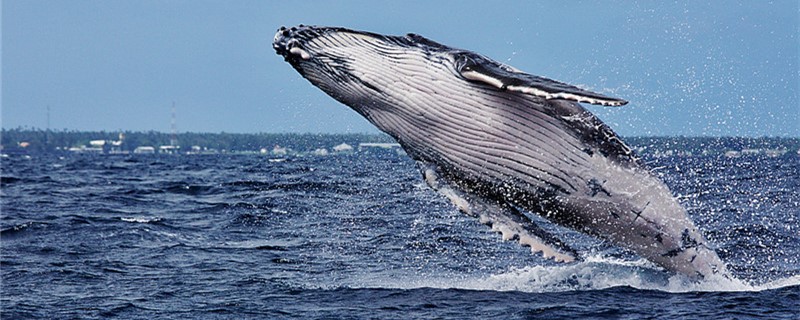
When we look at humpback whales at close range, we will find that there are some pimples on their bodies, and sometimes the number of pimples is very large. Researchers have found that humpbacks may be two things. Some are whale lice, as the name implies, which are similar to lice on animals, are parasitic animals, they can only parasitize humpback whales, so they are called whale lice. They are different from ordinary lice, which suck blood, but whale lice eat the skin of humpback whales. Whale lice can only live on the host, they can also be transferred to other hosts, such as when two humpback whales touch, through friction, whale lice can be transferred to the new host.
In addition to whale lice, there are also knots that may be whale barnacles, as well as some of their secretions. Whale barnacles, like whale lice, are also parasitic on humpback whales, and when they touch or rub against each other, they also transfer from one humpback whale to another.
In the observation of humpback whales, you will find that their body long pimple. The appearance of these pimples is somewhat similar to that of pearls, and many people may wonder whether they are pearls or not. As mentioned above, these knots are not pearls, but whale lice and whale barnacles. However, sometimes they will adsorb some other marine organisms, but generally there will be no pearls.